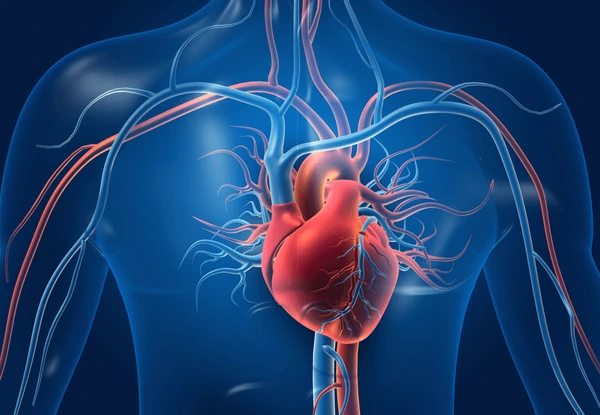
This unit delves into the fascinating and vital human circulatory system, the intricate network responsible for transporting essential substances throughout the body. We will explore the key components of this system and understand how they work together to maintain life.
Key Learning Objectives:
- Understanding the Need for Circulation: We will begin by appreciating why a complex circulatory system is necessary for multicellular organisms like humans, focusing on the limitations of diffusion in meeting the body's needs.
- Exploring the Components of Blood: We will dissect the composition of blood, identifying its fluid matrix (plasma) and cellular components (red blood cells, white blood cells, and platelets), and understanding the crucial functions of each. This will include exploring the role of hemoglobin in oxygen transport.
- Delving into the Heart: The Pumping Engine: This section will involve a detailed study of the human heart, including its structure (chambers, valves, major blood vessels connected to it), and the mechanics of its rhythmic beating (cardiac cycle). We will understand how the heart efficiently pumps blood throughout the body.
- Mapping the Blood Vessels: Arteries, Veins, and Capillaries: We will differentiate between the three main types of blood vessels – arteries, veins, and capillaries – based on their structure and function. We will trace the flow of blood through these vessels and understand the crucial role of capillaries in facilitating exchange at the cellular level.
- Understanding Pulmonary and Systemic Circulation: We will distinguish between pulmonary circulation (blood flow between the heart and lungs for oxygenation) and systemic circulation (blood flow between the heart and the rest of the body), appreciating their interconnectedness.
- Exploring Lymphatic System: A Parallel Network: We will briefly introduce the lymphatic system, understanding its role in fluid balance, immunity, and the transport of fats. We will touch upon lymph, lymph vessels, and lymph nodes.
- Understanding Blood Pressure and Its Regulation: We will learn about blood pressure, its measurement, and the factors that influence it. We will also discuss basic concepts of blood pressure regulation.
- Common Disorders of the Circulatory System: We will briefly touch upon some common disorders related to the circulatory system, such as hypertension, atherosclerosis, and heart attack, to understand the importance of maintaining a healthy circulatory system.
By the end of this unit, you will be able to:
- Explain the necessity and functions of the human circulatory system.
- Describe the components of blood and their respective roles.
- Draw and label the structure of the human heart and explain its functioning.
- Differentiate between arteries, veins, and capillaries and describe their functions.
- Trace the flow of blood through pulmonary and systemic circulation.
- Understand the basic functions of the lymphatic system.
- Explain the concept of blood pressure.
- Identify some common disorders of the circulatory system.
This unit will employ diagrams, models, and possibly interactive simulations to enhance your understanding of this vital life process. Get ready to embark on a journey through the incredible network that keeps us alive!
- Teacher: Admin User